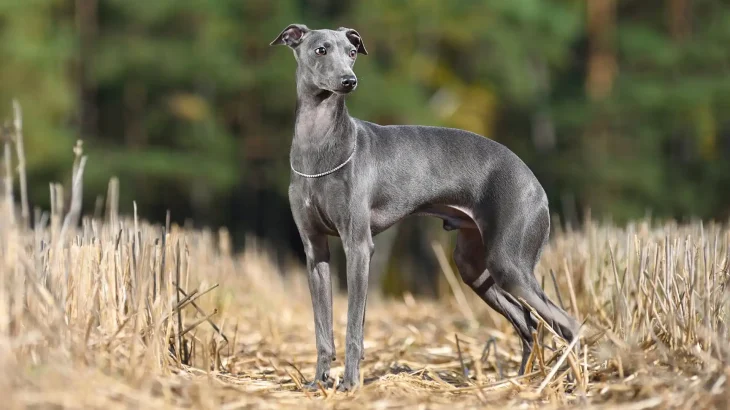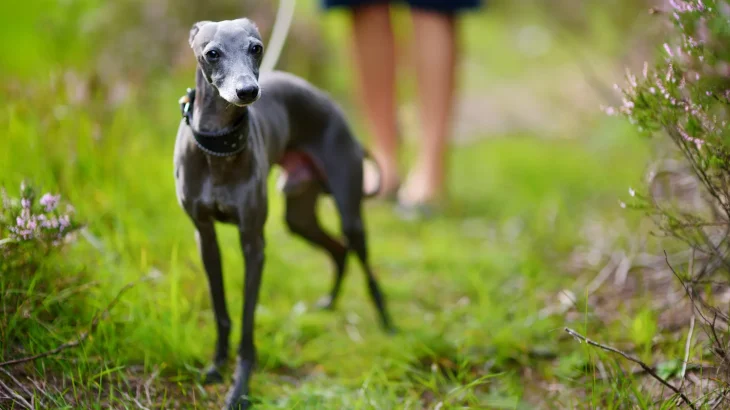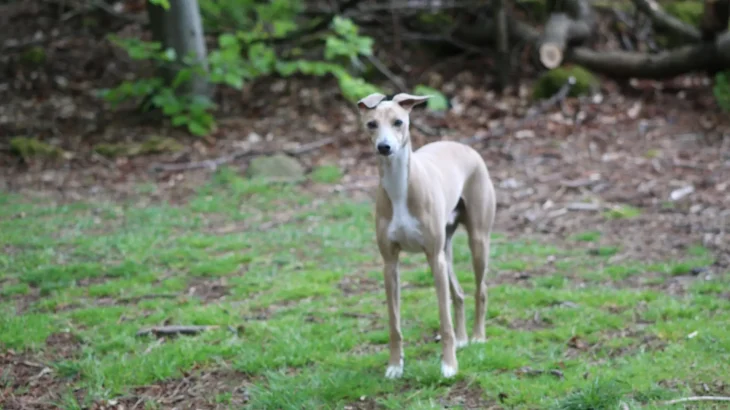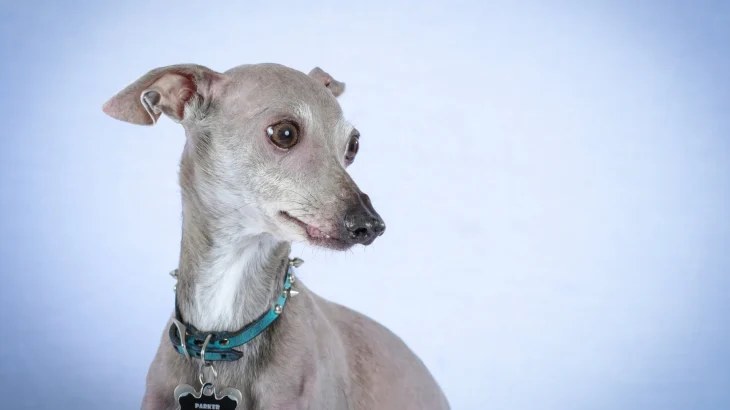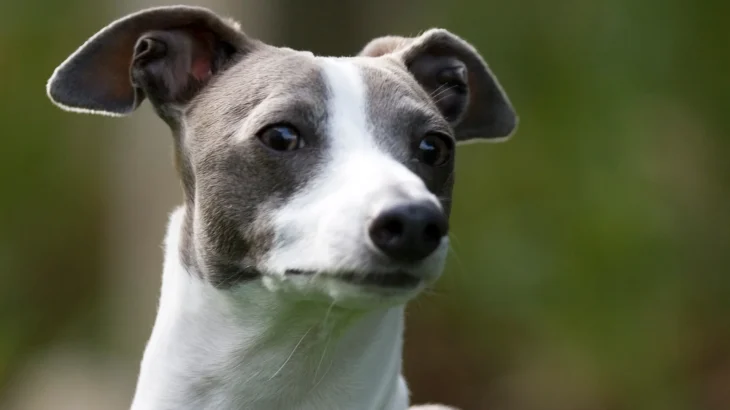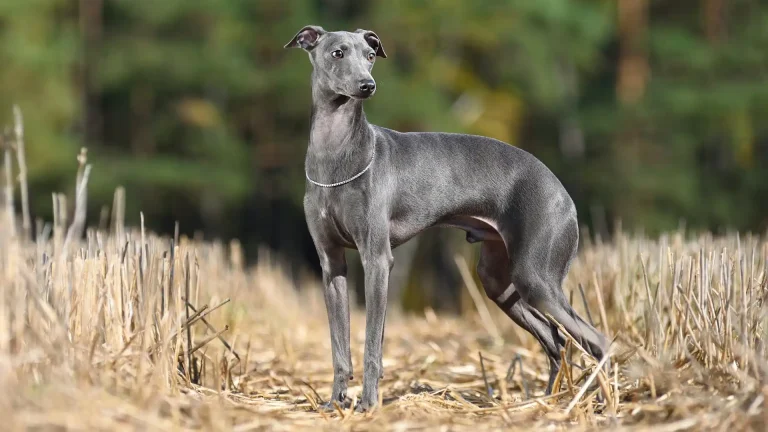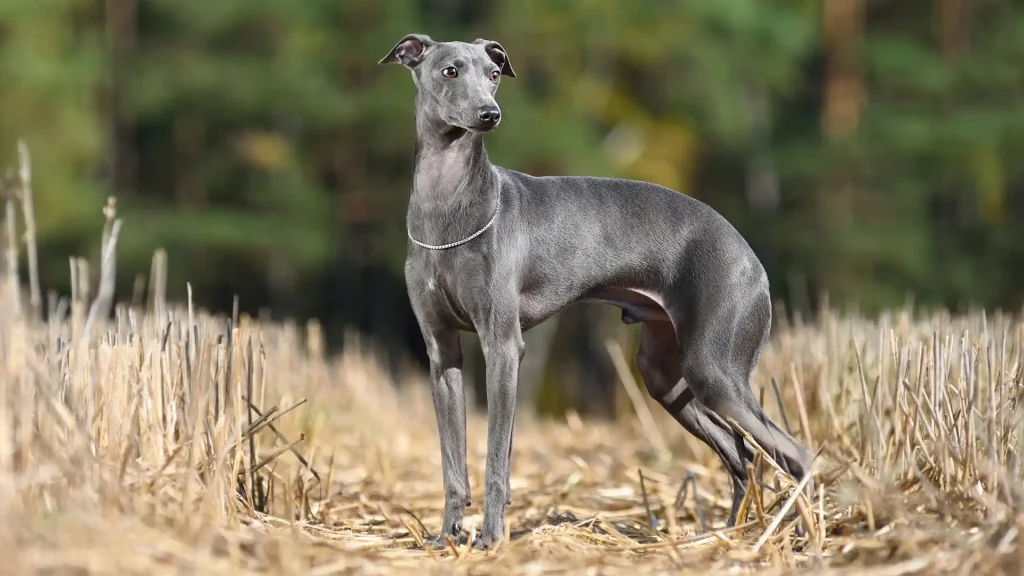Deciding between adopting or purchasing an Italian Greyhound puppy involves weighing the benefits of each option in terms of cost, health transparency, and ethical considerations. While breeders often provide well-documented lineage and health information, adoption offers a chance to provide a loving home to a dog in need, sometimes with less certainty about their background.
| Criteria | Buying from Breeder | Adopting from Shelter/Rescue |
|---|---|---|
| Cost | Higher upfront costs, reflecting purebred status and pedigree quality. | Generally lower adoption fees, making it more budget-friendly. |
| Health History | Comprehensive health records and genetic screenings usually provided. | Health background may be incomplete; basic checks are performed. |
| Age Availability | Mostly puppies, allowing early imprinting and training. | Wide age range including adults and seniors, offering immediate companionship. |
| Temperament Insight | Breeders often share insights on lineage-related temperaments. | Staff provide behavior observations but full history may lack detail. |
| Supporting Practices | Supports ethical breeding if breeder is responsible. | Contributes to animal welfare by rescuing dogs needing homes. |
| Breed Purity & Pedigree | Pedigree documents generally guarantee lineage and breed standards. | Breed purity sometimes uncertain; pedigree typically unavailable. |

